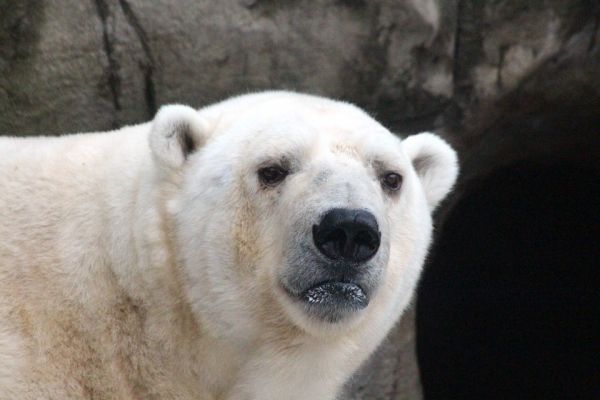San Diego Zoo Global researchers studying the effects of climate change on polar bears are using innovative technologies to understand why polar bears in the Southern Beaufort Sea are showing divergent movement patterns in the summer. In recent decades, about a quarter of this population of bears have chosen to come on land instead of staying on the shrinking summer sea ice platform. Historically, the polar bears in this region remained on the ice year-round. The decision of each individual bear to stay on the ice or to move to land appears to be linked to the energetic cost or benefit of either option, and the potential of having to swim to reach land.
“We found that bears who moved to land expended more energy on average during the summer than bears that remained on the receding sea ice,” said Anthony Pagano, Ph.D., a postdoctoral research fellow co-mentored between San Diego Zoo Global, the U.S. Geological Survey and Polar Bears International. “And in the late summer, as the ice became even more restricted, a greater percentage of energy was expended by bears swimming to land. This means the immediate cost of moving to land exceeded the cost of remaining on the receding summer pack ice—even though bears are having to move greater distances to follow the retreating sea ice than they would have historically.”
However, prior research has shown that bears on land in this region have access to whale carcasses in the summer, while bears on the sea ice appear to be fasting. Researchers are concerned that the decision by each individual bear to stay on the ice is creating an ecological trap that may be contributing to population decreases that have already been documented in this population.
Read more at San Diego Zoo Global
Photo credit: zoosnow via Pixabay


